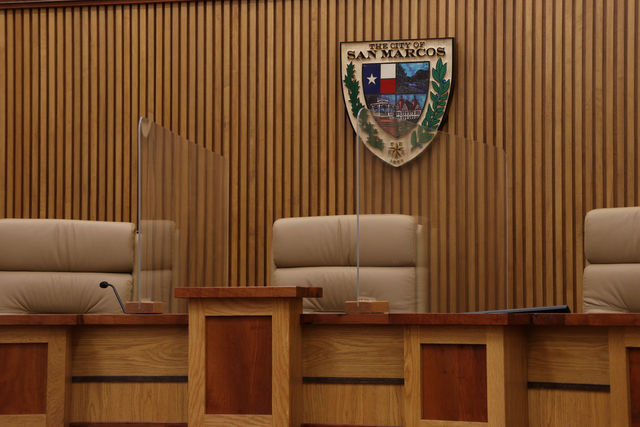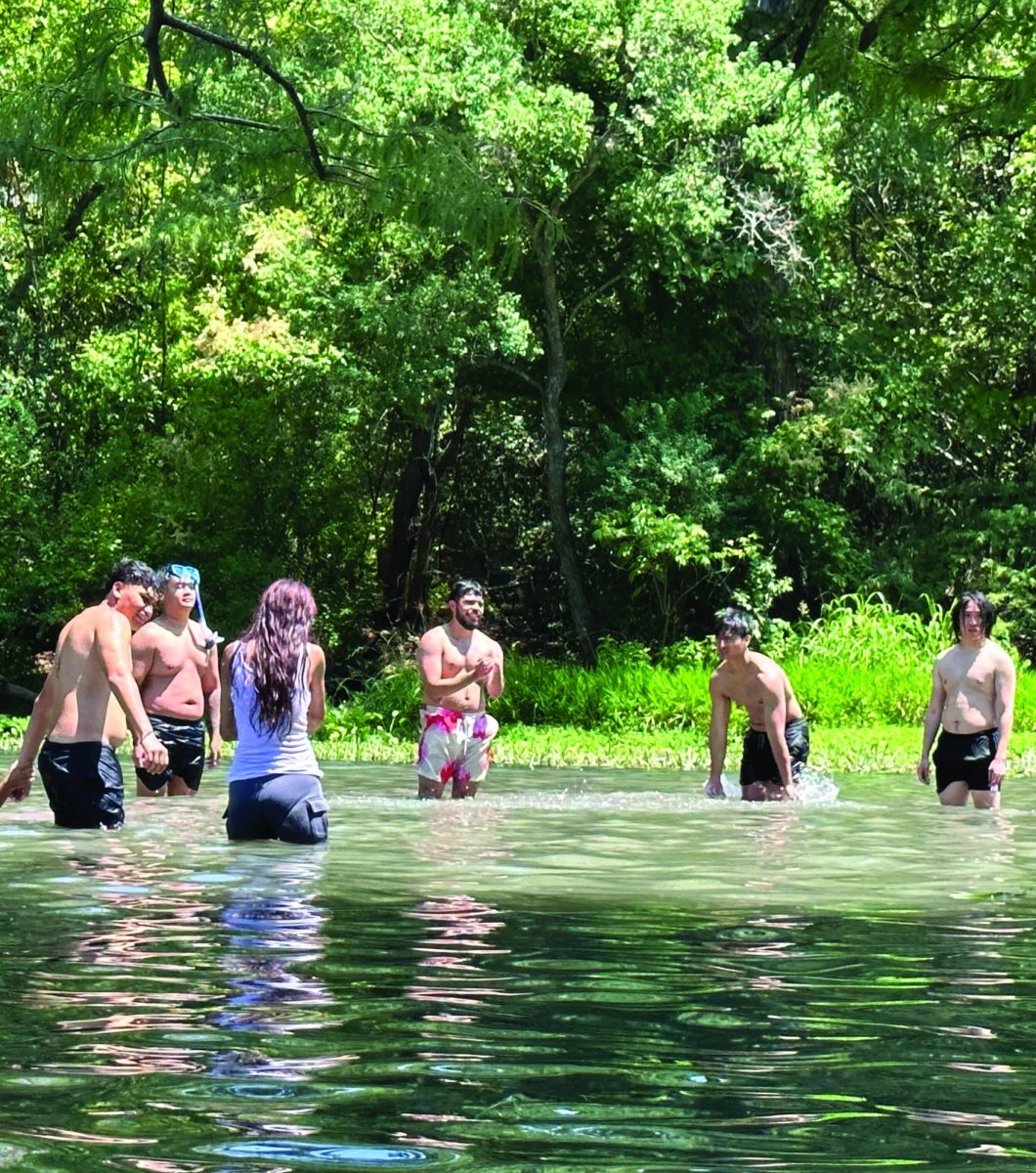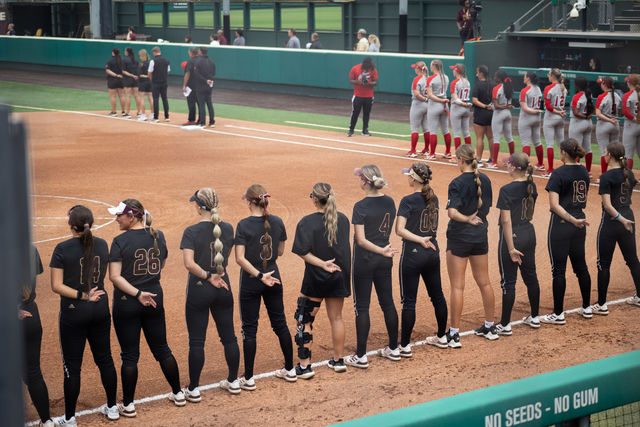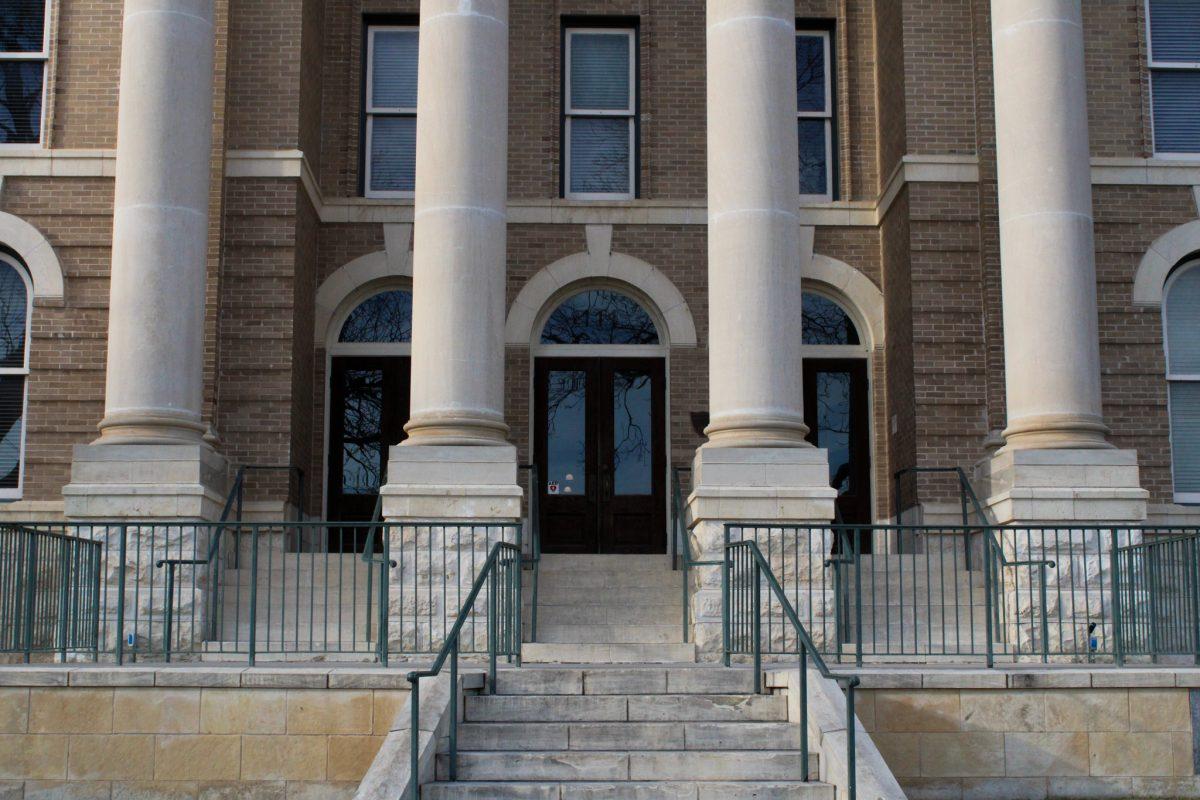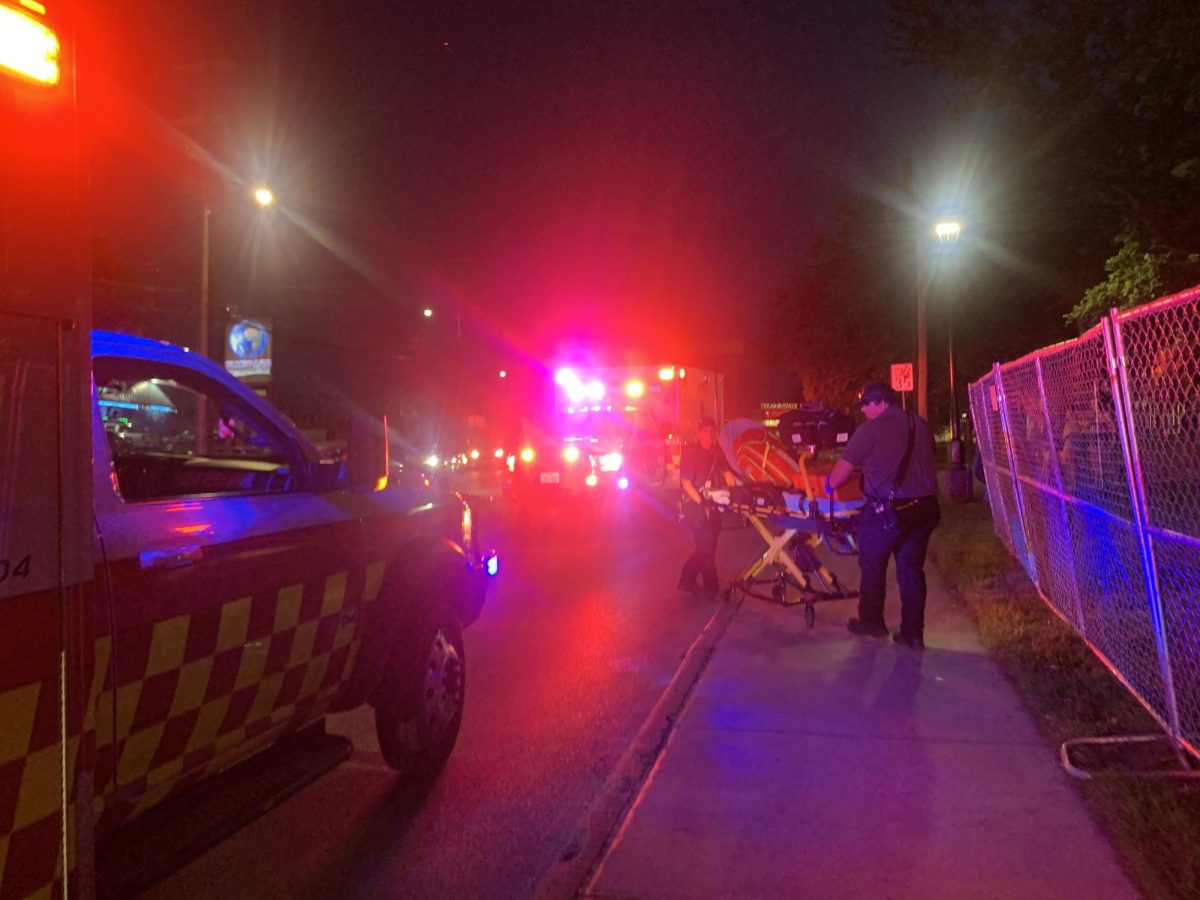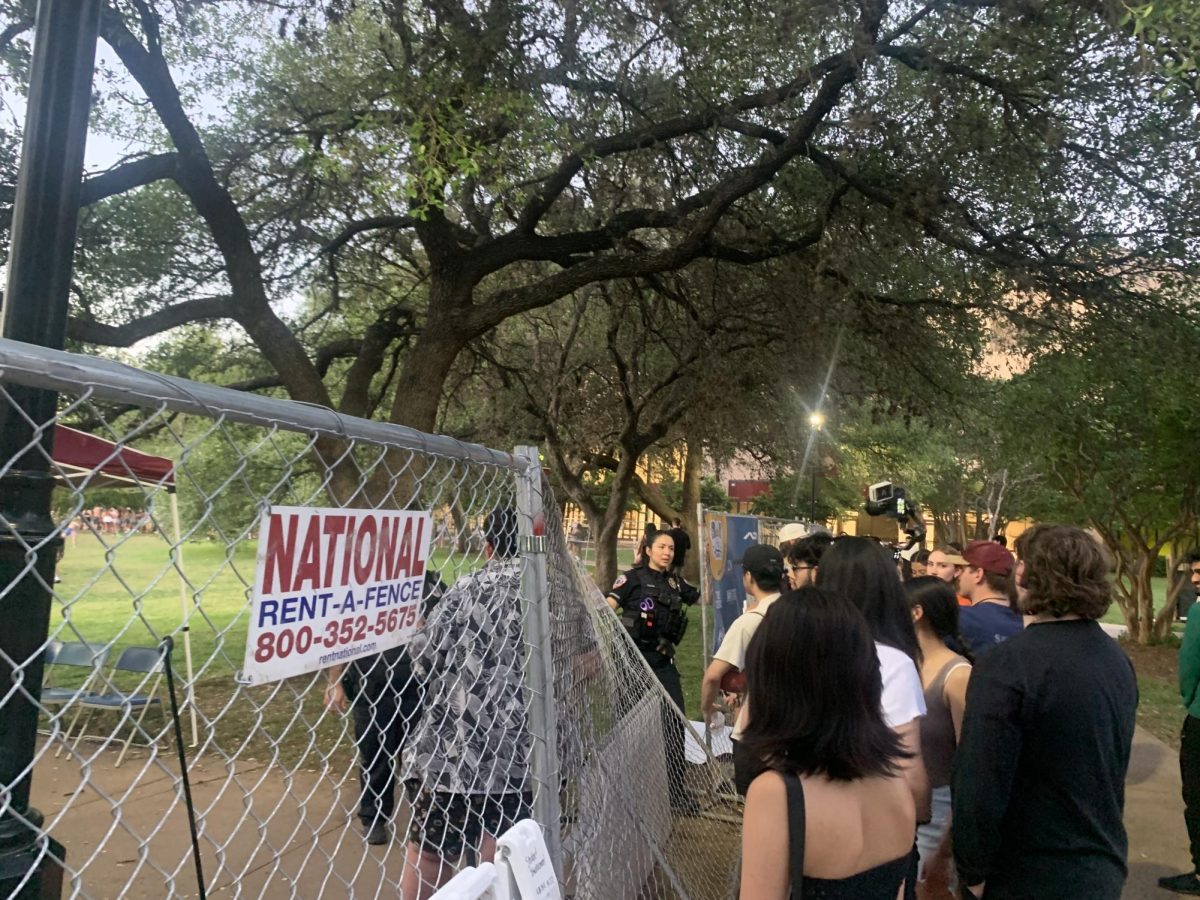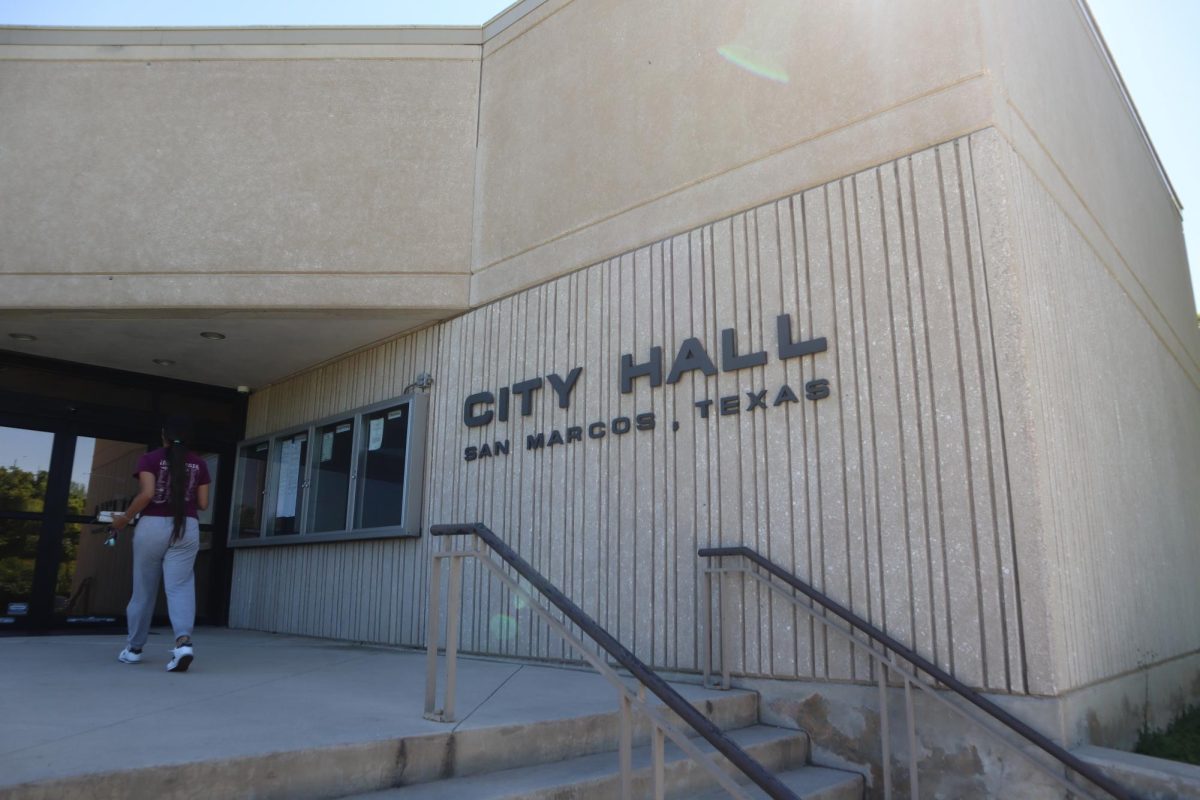San Marcos is entering Stage 4 drought restrictions on Aug. 27 in response to low levels of the Edwards Aquifer and Canyon Lake.
Jan De La Cruz, conservation coordinator for SMTX Utilities, said when Edwards Aquifer’s water level falls below 630 feet, it triggers Stage 4 restrictions.
“Since we get most of our water from Canyon Lake, we keep an eye on Canyon Lake levels which, like the aquifer, have been dropping steadily. It’s below 70% full,” De La Cruz said.
In Stage 4, residents of San Marcos can only use sprinkler hoses and drip irrigation once a week depending on address. Hand watering use is allowed everyday but only before 10 a.m. or after 8 p.m.
“The [big] change is with soaker hoses and drip irrigation. In [Stage 3], those are still allowed any day. In Stage 4, those are only going to be allowed one day per week on your designated day and times,” De La Cruz said.
San Marcos has been under drought restrictions since March 2022. Water levels especially in the San Marcos River have been impacted, as the river is flowing around 70 cubic feet per second, when normally the historical average is 152.
De La Cruz said San Marcos received below normal rainfall last year, which started this year at low levels at Edwards Aquifer and Canyon Lake.
“We got a little bit of rain in the spring, but not nearly enough. We’ve been below normal rainfall for a couple of years now and it just builds and it gets worse and worse,” De La Cruz said.
While San Marcos is in Stage 4, there is a chance the city can move to Stage 5, which has no set restrictions but gives the city the authority to restrict in any means necessary.
According to De La Cruz, it is hard to predict when the restrictions will move up or down, but there is a heavy hurricane season predicted. However, one day of rainfall will not be able to fix the problem alone.
“In order to get us out of drought, we would need something pretty drastic,” De La Cruz said. “The last rain we got did help the aquifer levels go up about a foot, but we’re about 30 feet below where we should be this time of year… we’ve got a ways to go to get out of the drought.”
For San Marcos to move out of a stage of drought restrictions, the levels of the river need to be consistent on a ten day basis. De La Cruz said a quick rainfall might bring up day-to-day levels but won’t bring the average up enough.
De La Cruz recommends that people follow the restrictions to ensure that the drought does not worsen.
“We’ve got a lot of folks that are [following the drought restrictions] but we’ve got some that are not and I think if everybody follows the drought restrictions, we can achieve what we want, which is to protect our long term water resources and make sure that there’s plenty of water to go on for years and years,” De La Cruz said.
For more information on current drought restrictions, visit https://www.sanmarcostx.gov/3704/Conservation-Drought.


